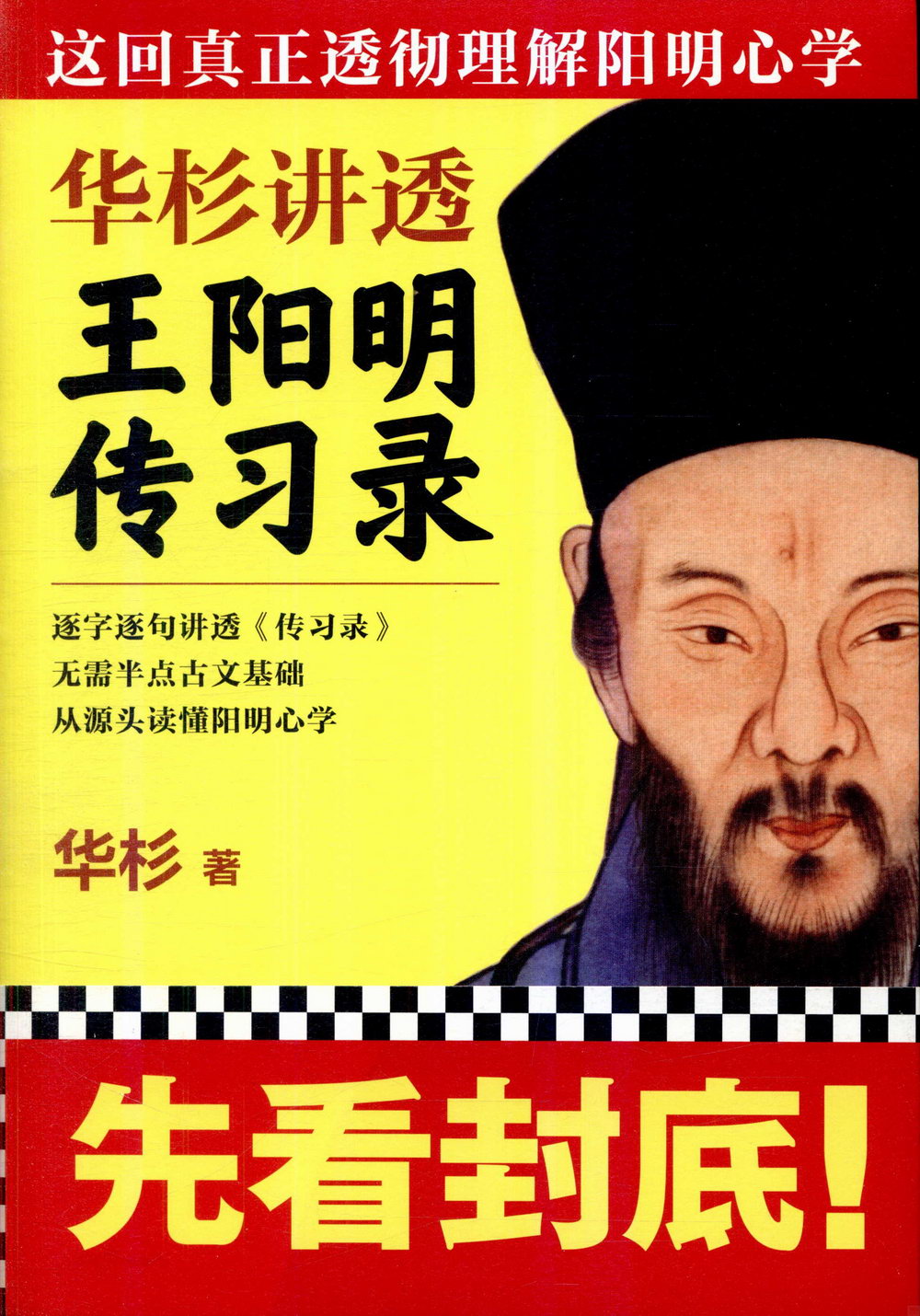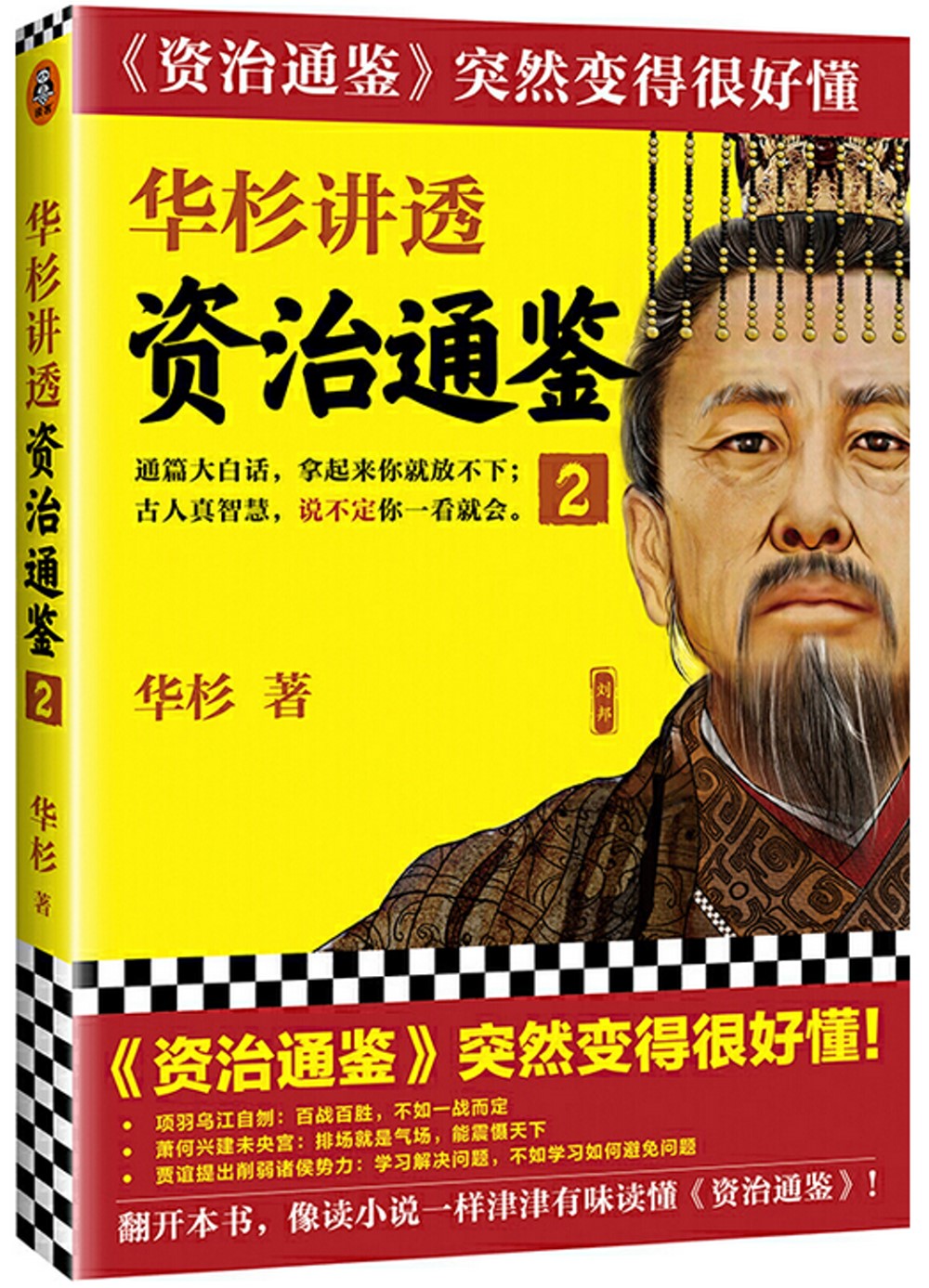Early Exploration of the Moon: Ranger to Apollo, Luna to Lunniy Korabl | 做自己 - 2024年11月

Early Exploration of the Moon: Ranger to Apollo, Luna to Lunniy Korabl
Luna 2, launched by the USSR in 1959, was the first spacecraft from Earth to land on the moon. That first voyage was followed by increasingly capable lunar exploration spacecraft from Russia and the United States. A total of 36 successful lunar exploration missions were conducted from 1959 to the last Apollo manned exploration in 1972 and the final travels of the Lunokhod lunar rover in 1973. Of all the missions, that of Apollo 17 was the pinnacle of manned space exploration. Apollo 17 astronauts traveled 21 miles on the lunar surface in a dune buggy-type vehicle, stopping frequently to explore and gather samples.The spacecraft that enabled lunar exploration were ingenious, and reflected the best efforts of talented people working with the technology of the day. This book showcases the engineering involved in those incredible machines. The spacecraft covered, and their missions, are listed below.From the United States: - Ranger - Photography en route to lunar impact- Lunar Orbiter - Photography of front and back side of moon- Surveyor - Soft landing, photography, and soil analysis- Apollo - Manned exploration. Lunar Rover expanded range From the USSR: - Luna 2 - Photography en route to lunar impact- Luna 3 - Photography of back side of moon on flyby- Luna 9 and 13 - Soft landing, photography, and soil analysis- Luna 10, 11, 12, 14 - Photography from lunar orbit- Luna 16, 20, 24 - Soft landing, return of soil sample to Earth- Lunokhod-1, -2 - Lunar roving vehicle driven from Earth- L1 - Planned manned lunar flyby but only flew unmanned- L3 - Planned manned lunar landing but never flew to moon To tell the story of these spacecraft, Tom Lund draws on over 40 years' work on aircraft and spacecraft systems. He was technical lead for the landing radars for the Surveyor and Apollo spacecraft, and his practical experience is augmented by master's degrees in electrical engineering, physics, and business administration.
Thomas Lund worked 50 years as an aerospace engineer. After graduating from college, he began working on the Terrier surface-to-air missile from initial design to flight test. He then spent three years as Electronics Officer in the U.S. Navy evaluating naval air-to-air missile systems against electronic countermeasures. He went on to analyze the Doppler navigation systems and then functioned as technical lead for development of the landing radar for the Surveyor spacecraft. He was instrumental in winning the contract for the landing radar for the Apollo Lunar Module and functioned as technical lead for development of that radar. He worked as Technical Director of the Advanced Systems group for a major aerospace company and led the development of three new product lines in areas of fiber optics, radar altimeters, and missile detection radars. Latterly, he was a consultant for predesign and analysis of the Rendezvous Radar for the Space Shuttle.
 華杉講透《資治通鑒》
華杉講透《資治通鑒》 華杉講透王陽明《傳習錄》
華杉講透王陽明《傳習錄》 華杉講透《資治通鑒》(3)
華杉講透《資治通鑒》(3) 華與華百萬大獎賽案例集
華與華百萬大獎賽案例集 超級符號原理
超級符號原理 華杉講透《資治通鑒》(2)
華杉講透《資治通鑒》(2) 新世紀美國洛杉磯華文作家作品選
新世紀美國洛杉磯華文作家作品選 小丫頭的榮華路(六)完
小丫頭的榮華路(六)完 超級符號就是超級創意:席卷中國市場...
超級符號就是超級創意:席卷中國市場... 華杉講透《孫子兵法》(精裝修訂版)
華杉講透《孫子兵法》(精裝修訂版)